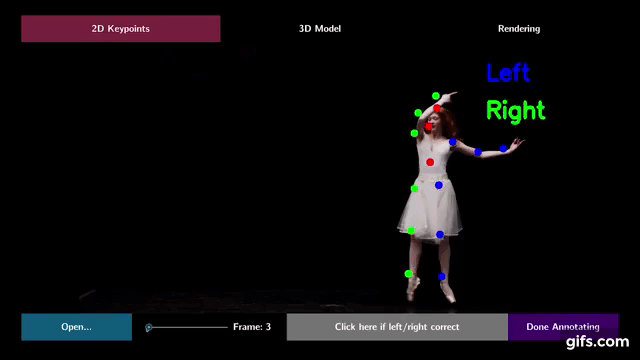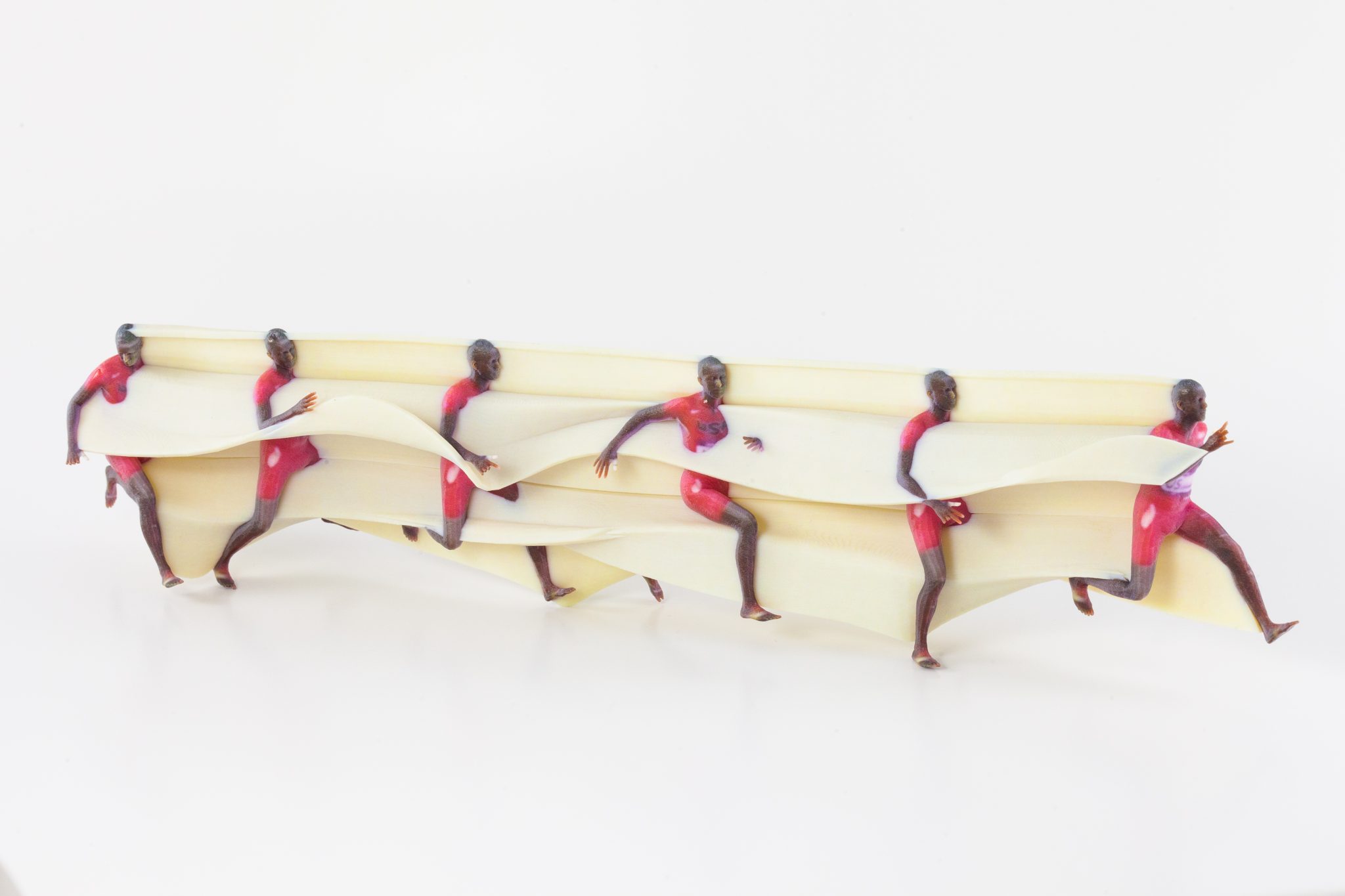Researchers from MIT’s Computer Science and Artificial Intelligence Laboratory (CSAIL) have developed a novel system to visualize complex human motion using 3D printed motion sculptures.
MoSculp, an algorithm which converts 2D video sequences into tangible 3D pathways, is designed to enable a vivid interpretation of real-time motion that is otherwise difficult to perceive with the naked eye. This allows a better understanding of human and object movement.
“Imagine you have a video of Roger Federer serving a ball in a tennis match, and a video of yourself learning tennis; you could then build motion sculptures of both scenarios to compare them and more comprehensively study where you need to improve,” said CSAIL PhD student Xiuming Zhang, lead author of MoSculp:Interactive Visualization of Shape and Time.
Visualizing motion with 3D printed sculptures
From a 3D printed replica of a sculpture of a tree to aid dementia patients, to the 3D printable collection of art redesigned by young patients at Great Ormond Street Hospital (GOSH), 3D printed sculptures have been used to explore and capture objects throughout time. Now, CSAIL researchers have developed a system to understand the behavior of such objects whilst they are moving in real-time.
The process begins with a video loaded into MoSculp; this system automatically detects 2D key points on the subject’s body, for example, a human’s joints. It then converts this motion-related information into 3D “skeletons.”
After linking these skeletons together, MoSculp creates a motion sculpture that can be 3D printed, to demonstrate the continuous path of movement traced out by the subject. The motion sculptures can also be customized to focus on different body parts, by using specific materials.

According to CSAIL research, over 75% of subjects felt that MoSculp provided a more detailed visualization for studying motion than the standard photography techniques, i.e., stroboscopic photography also known as flipbooking.
“Dance and highly skilled athletic motions often seem like ‘moving sculptures’ but they only create fleeting and ephemeral shapes,” explained Aaron Hertzmann, a Principal Scientist at Adobe’s Creative Intelligence Lab.
“This work shows how to take motions and turn them into real sculptures with objective visualizations of movement, providing a way for athletes to analyze their movements for training, requiring no more equipment than a mobile camera and some computing time.”
The research paper “MoSculp: Interactive Visualization of Shape and Time” is co-authored by Xiuming Zhang, Tali Dekel, Tianfan Xue, Andrew Owens, Qiurui He, Jiajun Wu, Stefanie Mueller, and William T. Freeman. It will be presented next month at the User Interface Software and Technology (UIST) conference in Berlin, Germany.

Stay updated with the latest 3D printing news by subscribing to the 3D Printing Industry newsletter. Also, follow us on Twitter, and like us on Facebook.
Looking for new talent or seeking a career change? Search and post 3D Printing Jobs for opportunities and new talent across engineering, marketing, sales and more.
Featured image shows a 3D printed running motion sculpture. Photo via MIT CSAIL.

